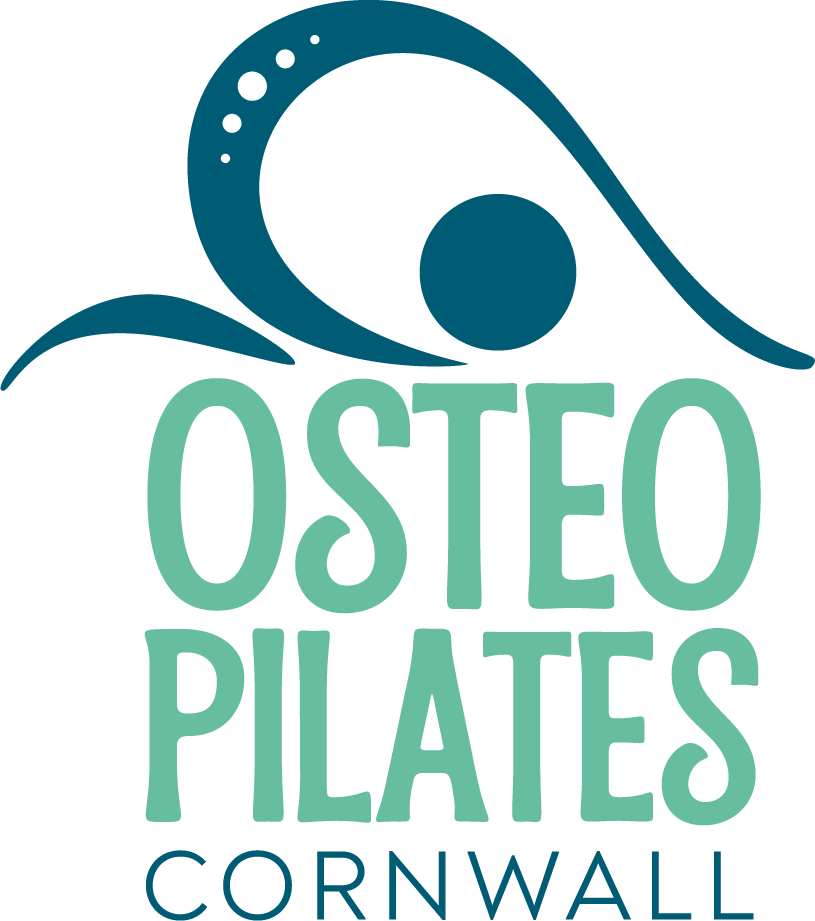Why I use Analogies when teaching pilates, exercise, and rehab
If you’ve ever joined me for a Clinical Pilates, Exercise Rehabilitation, or Osteopathy session, you might have noticed I often use phrases like:
“Imagine you’re balancing a glass of water on your head.”
“Think of your shoulder blades melting down your back”
“Zip up through your centre like you’re fastening a jacket.”
These are analogies – simple, relatable comparisons that help turn a complex movement or ideas into something your brain and body can understand more easily. But why are they such an important part of my teaching?
Helping the Brain and Body Speak the Same Language
When you’re learning a new exercise or retraining after injury, your nervous system is creating and strengthening new/different movement pathways. Analogies can activate brain regions linked to both imagery and movement, making it easier to engage the intended muscles (Sakamoto et al., 2009) or assist with body and positional awareness.
It is not about contracting specific muscles in isolation – which can feel abstract and is not actually possible – you connect the movement to a familiar image. This can make the movement more natural, less forced, and often more effective.
Supporting the Mind–Body Connection
The mind–body connection isn’t just a Pilates buzzword – it’s a scientifically recognised process where focusing your attention changes how your muscles activate. Studies show that mental imagery and visual cues can improve muscle recruitment and coordination (Lebon et al., 2010).
When I say, “grow tall from the crown of your head”, you automatically adjust your posture. Your brain has processed the image faster than it could process a list of anatomical instructions.
Making Exercises Easier to Learn and Remember
Many of my clients are in Rehab or recovering from injury. For them, retraining and relearning movement matters – but so does confidence. Using analogies simplifies instructions, removes technical overload, and allows you to focus on how the movement feels rather than worrying about “getting it wrong”.
This approach also helps with motor learning – the process of turning a new skill into something you can do without conscious effort. In rehabilitation, this can be the difference between a movement pattern that sticks and one that fades quickly (Wulf & Lewthwaite, 2016).
Next Time You Hear An Analogy in Class…
When I use an analogy in your next Pilates, Rehab, or Osteopathy session, try to picture it clearly. Ask questions. Discuss. Be honest. If I can understand your learning processes, I can help you much more effectively. You might be surprised at how quickly your body responds – and how much smoother and more confident the movement feels.
References
Lebon F, et al. (2010). Imagery use and motor learning: Differential effects on muscle activity. Journal of Sports Sciences, 28(3), 277–284.
Sakamoto M, et al. (2009). Neural correlates of mental imagery for motor actions: An fMRI study. Neuroscience Research, 65(3), 258–262.
Wulf G, Lewthwaite R. (2016). Optimizing performance through intrinsic motivation and attention for learning: The OPTIMAL theory of motor learning. Psychonomic Bulletin & Review, 23(5), 1382–1414.
